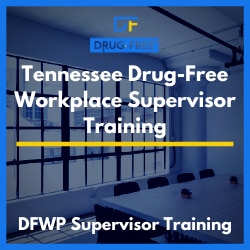Our Drug Testing in the Workplace Course de-mystifies drug and alcohol testing, providing facts and explaining the safeguards that protect donors.
Learn about the following topics in this course:
The Drug Testing Process and Safeguards for Donors
We cover the drug testing in the workplace process along with the safeguards in testing.
The steps are simple but specific, meaning you need the right information to carry out a proper drug test.
You don’t want the results being called into question because of mistakes made during the collection process. That’s just a waste of time and money for everyone.
Alcohol Testing Steps and Safeguards
We also cover the alcohol testing steps and procedures. Learn how to administer and collect alcohol test samples.
And again, the procedure is simple but clear. You need the correct information if you are to carry out an alcohol screening effectively.
The Situations in Which Drug and Alcohol Testing is Conducted
There are three general testing situations for employer-authority drug and alcohol testing situations.
The first is blanket testing – everyone must take a drug and alcohol test. This is the strongest form of deterrent.
If an employee or supervisor knows a drug test is approaching, they obviously cannot take any substances they know will be tested for.
The second is fitness-for-duty drug and alcohol testing. If an employee or supervisor is about to take on a particular role, the employer may deem it necessary for them to take a drug test prior to beginning that role.
The third is pre-access drug and alcohol testing. When an employee or supervisor is about to start working on a new job site or location, the employer may want to require a drug test before they start working on that site.
Usually the second and third testing situations are put to use when the employee or supervisor are about to start doing some type of safety-sensitive work.
In those cases, it is important to make sure that employees and supervisors have their wits about them and are not using and abusing.






